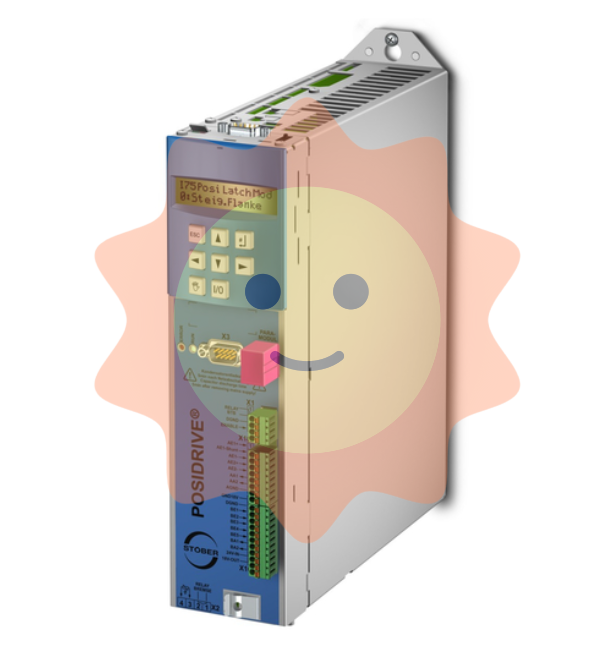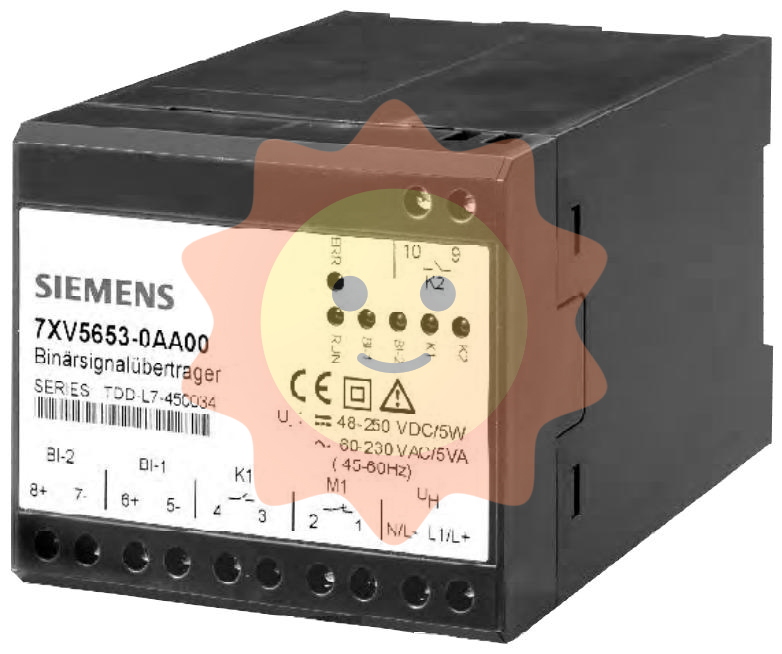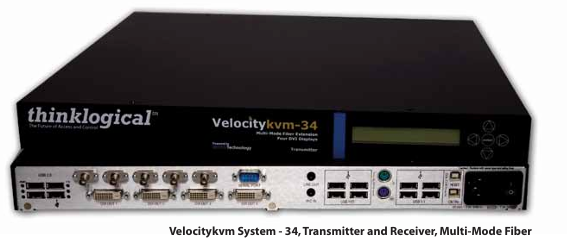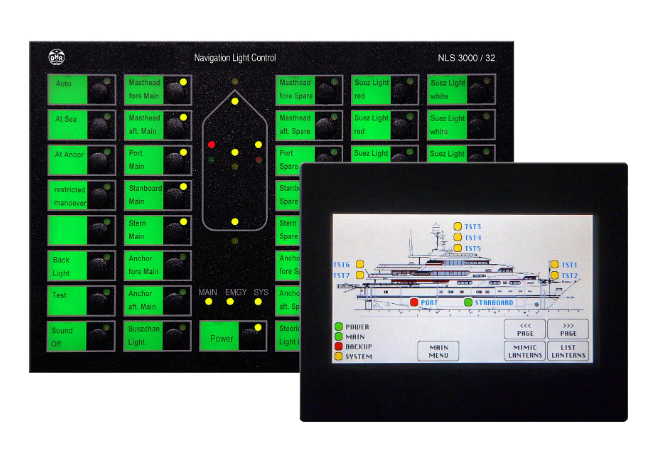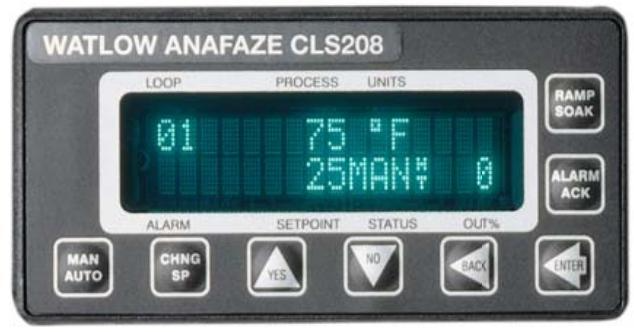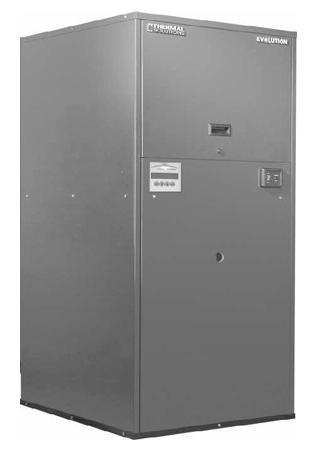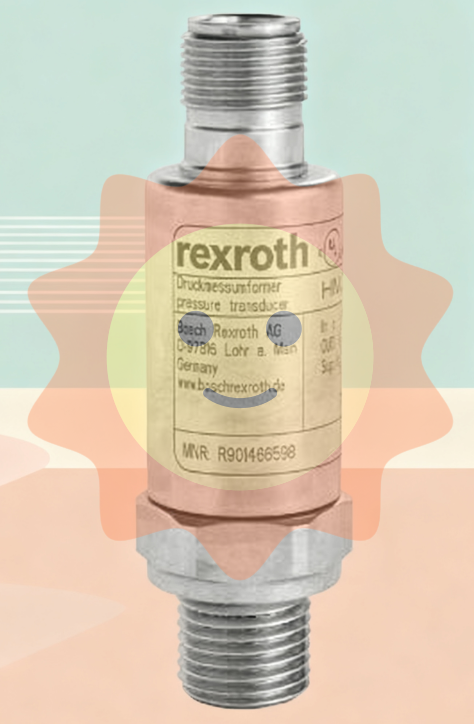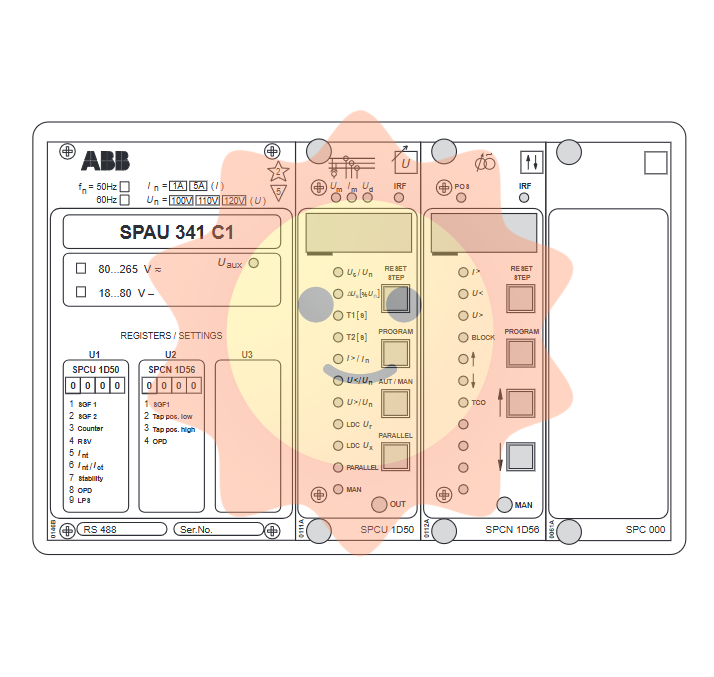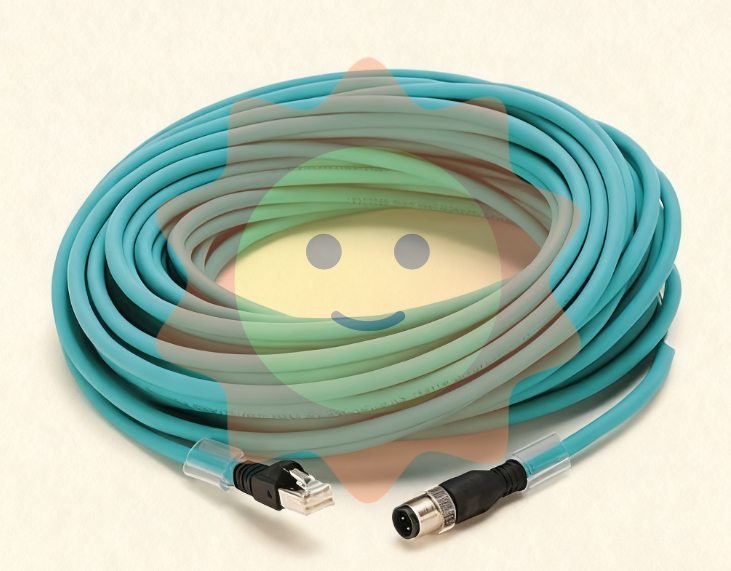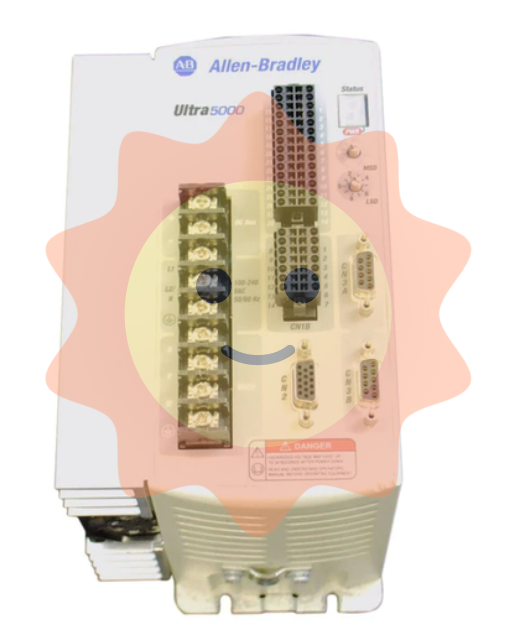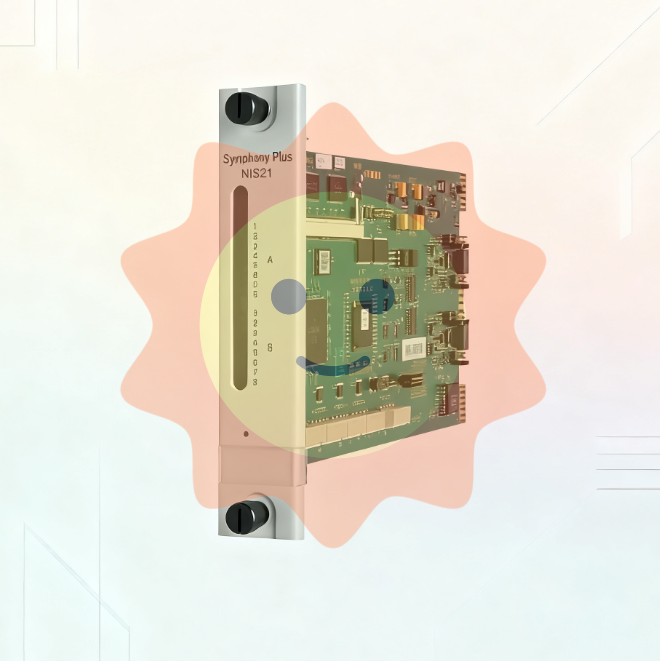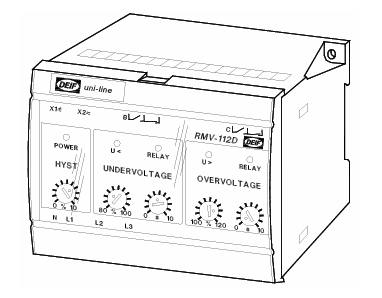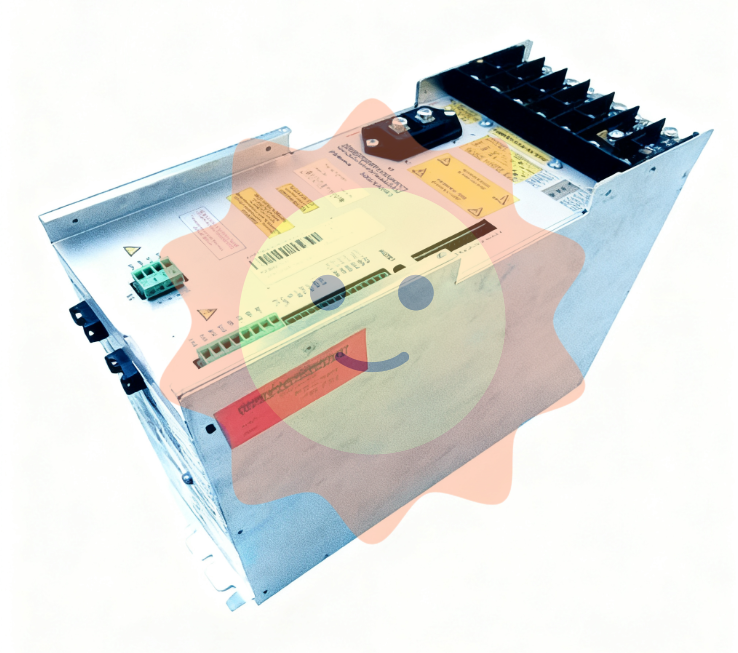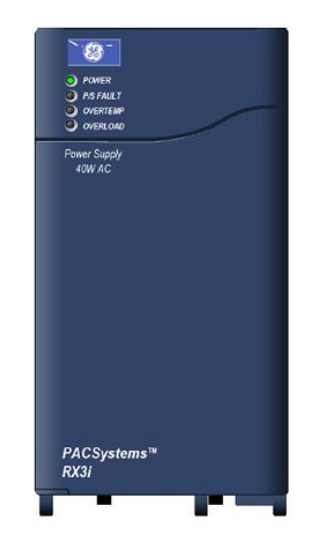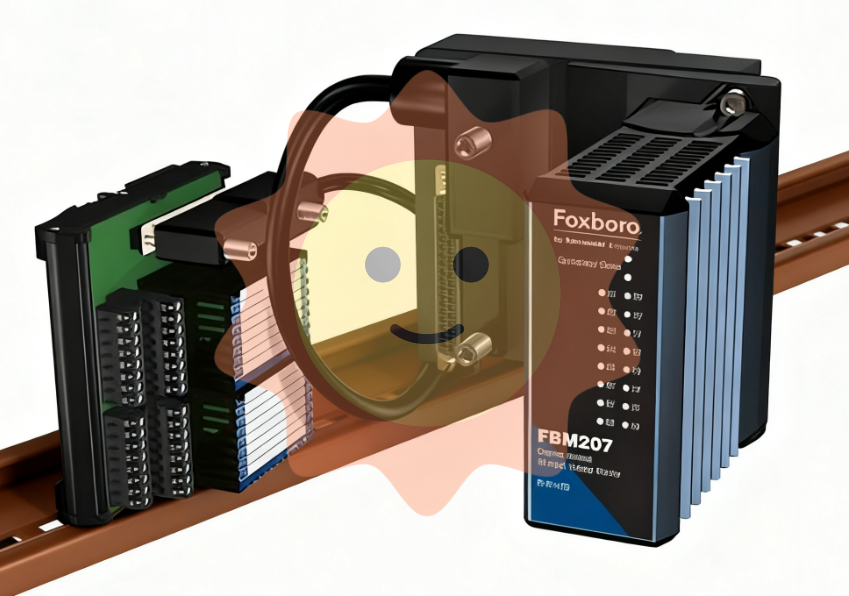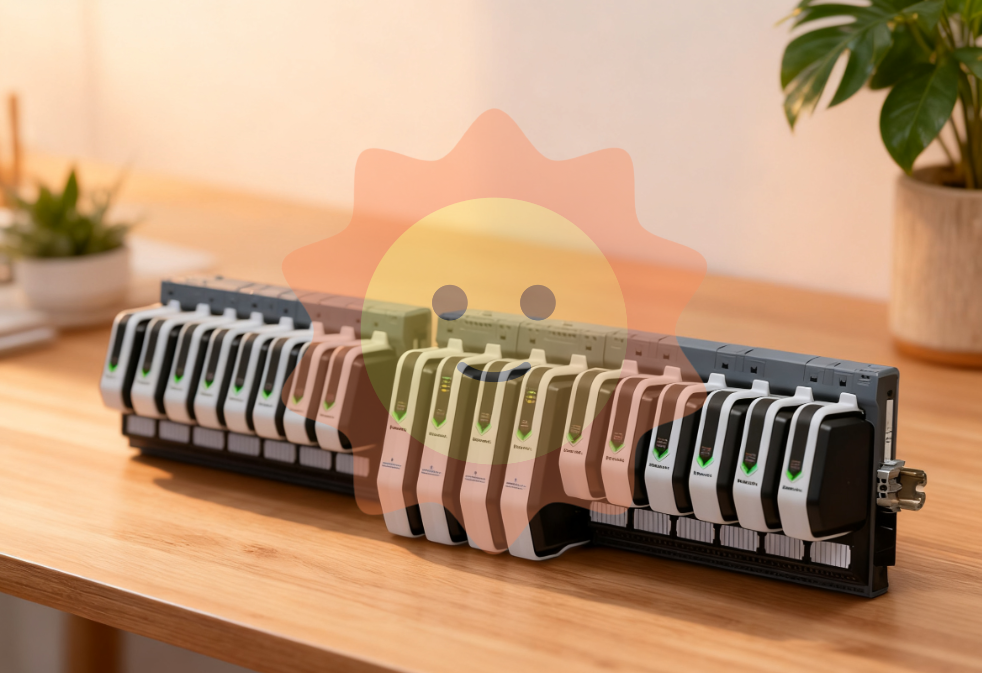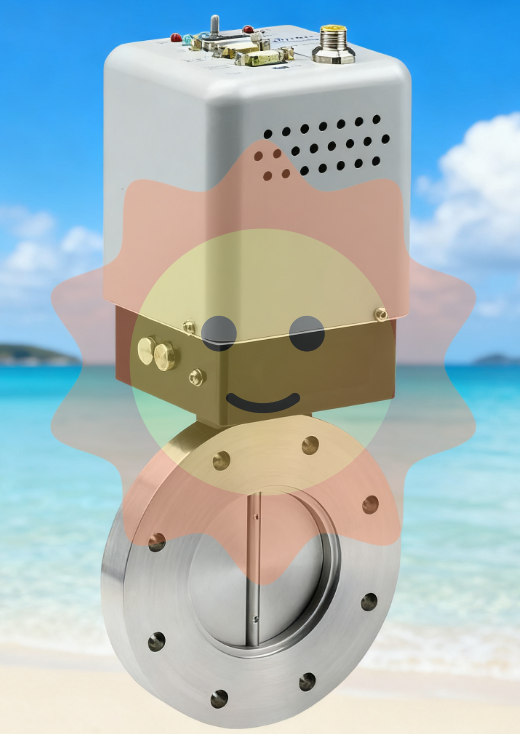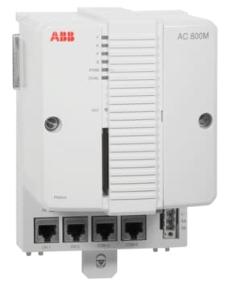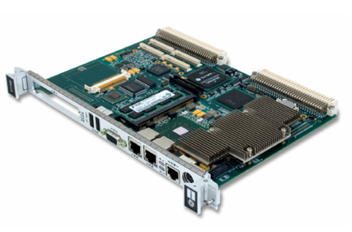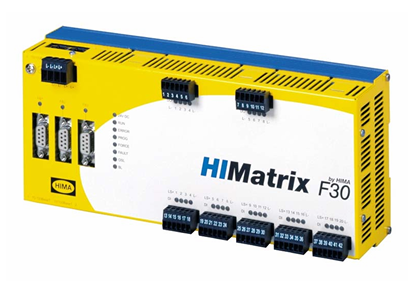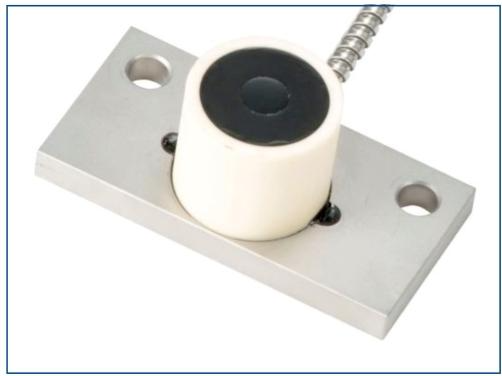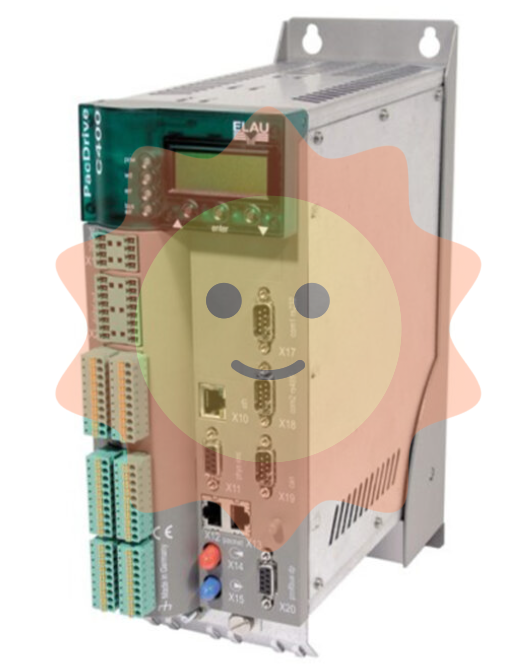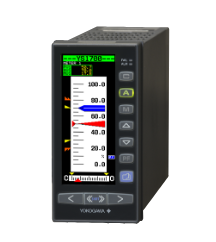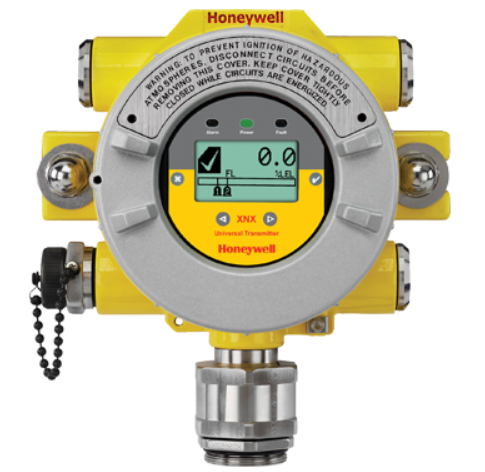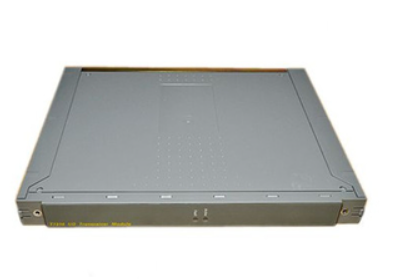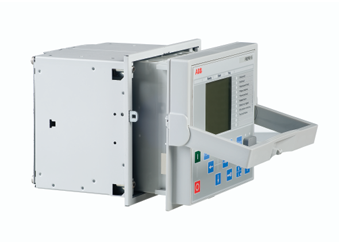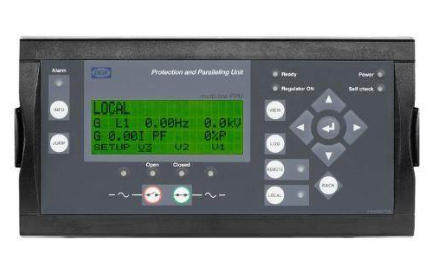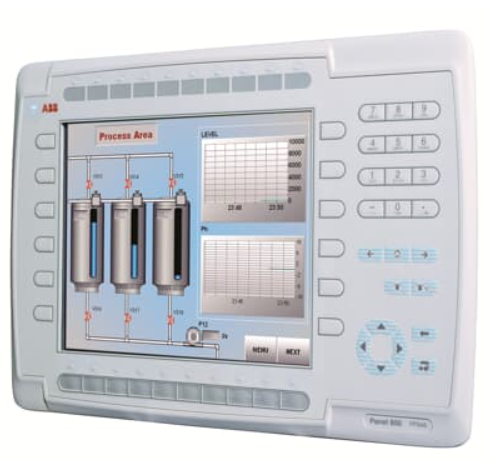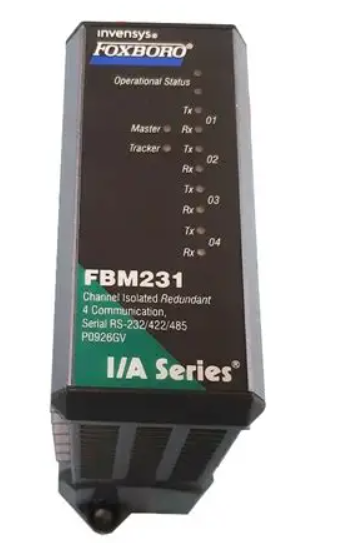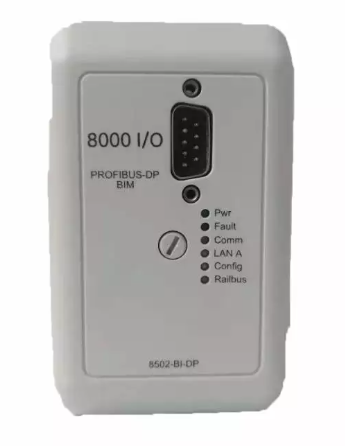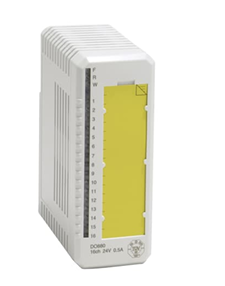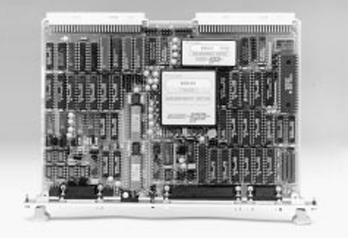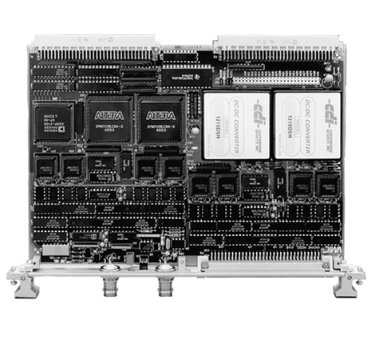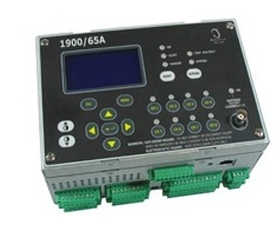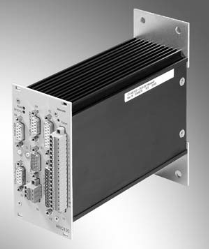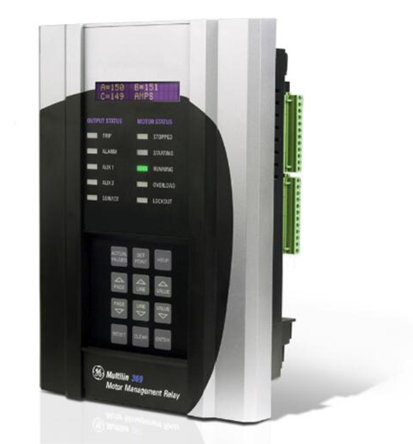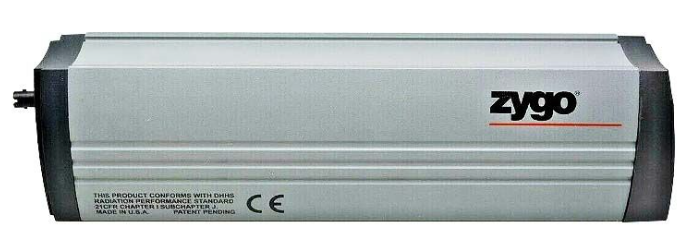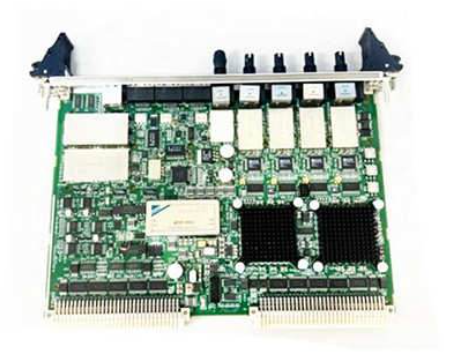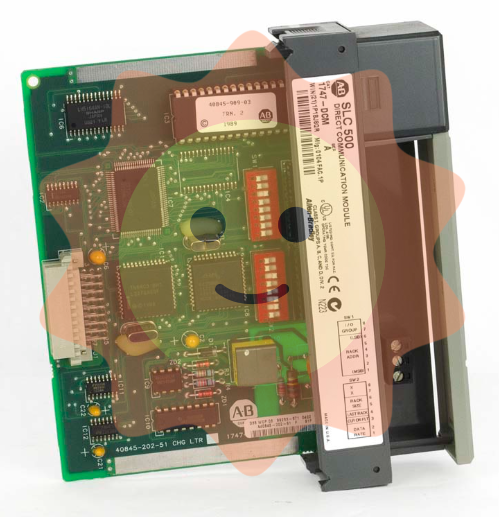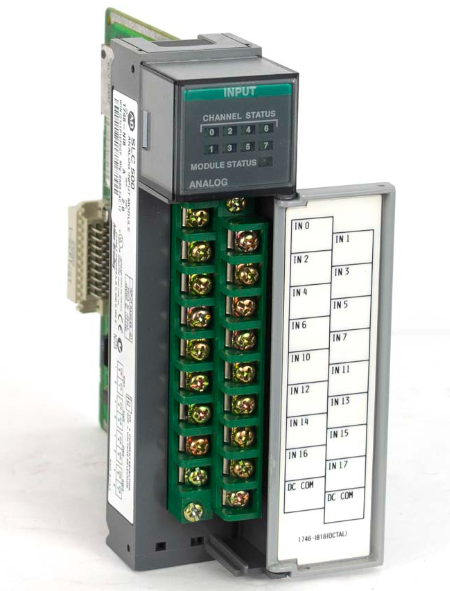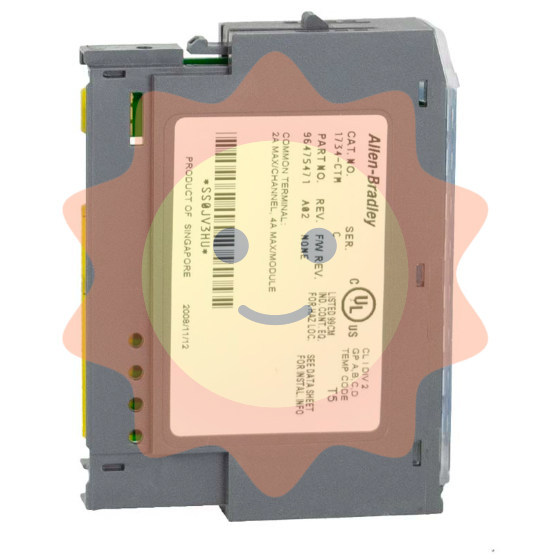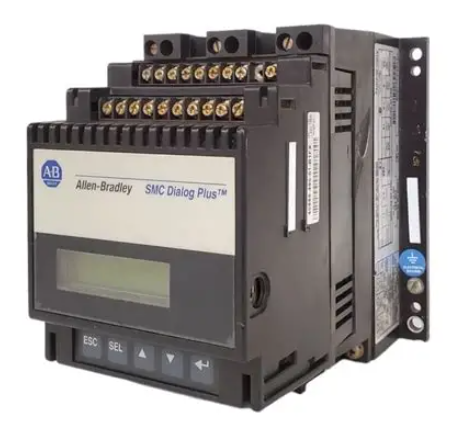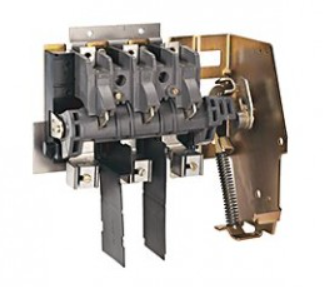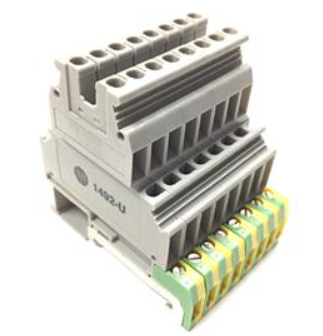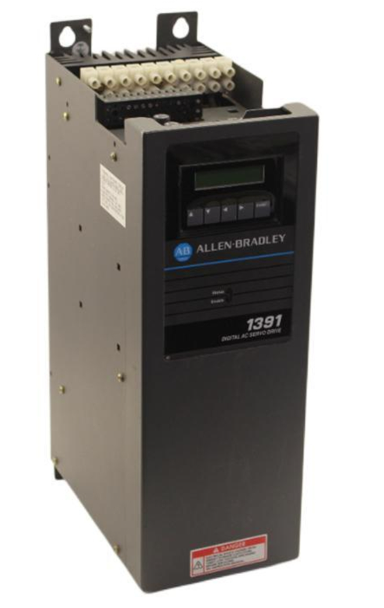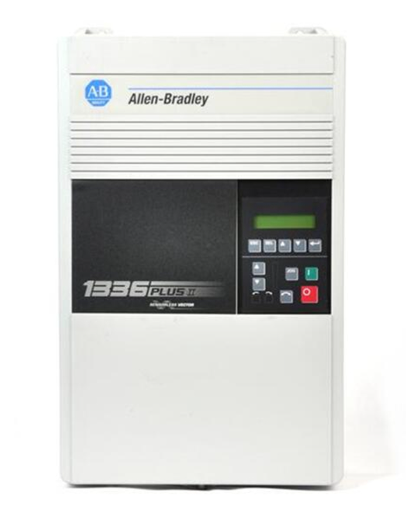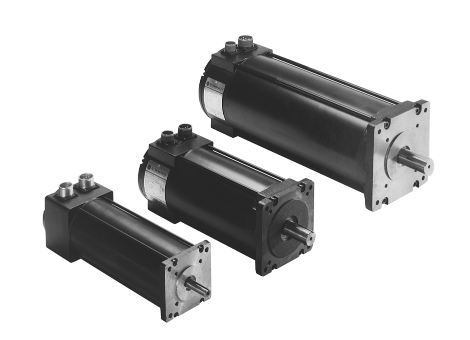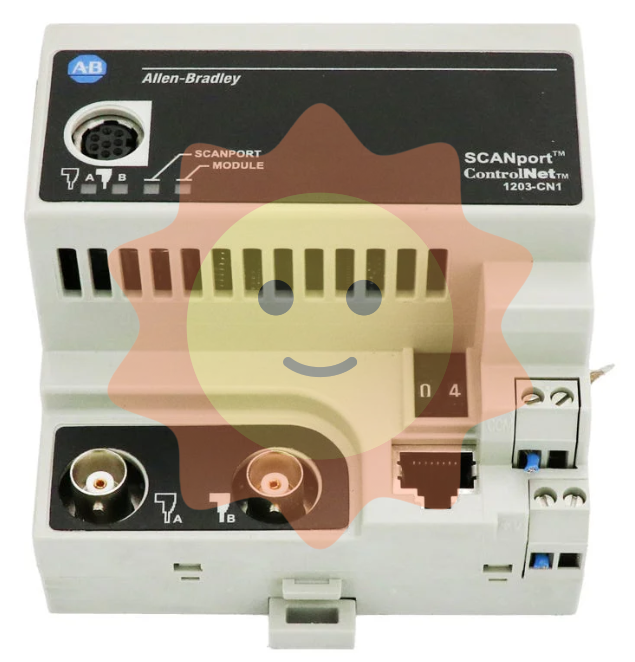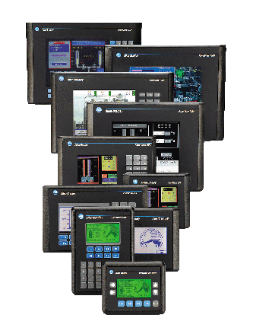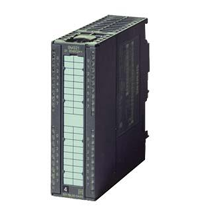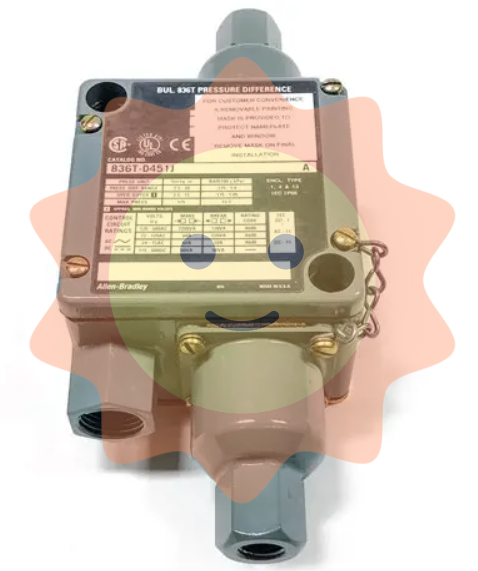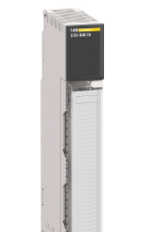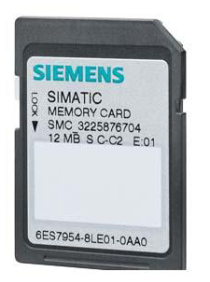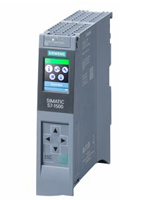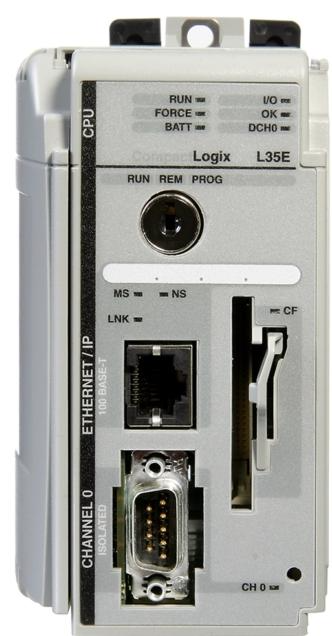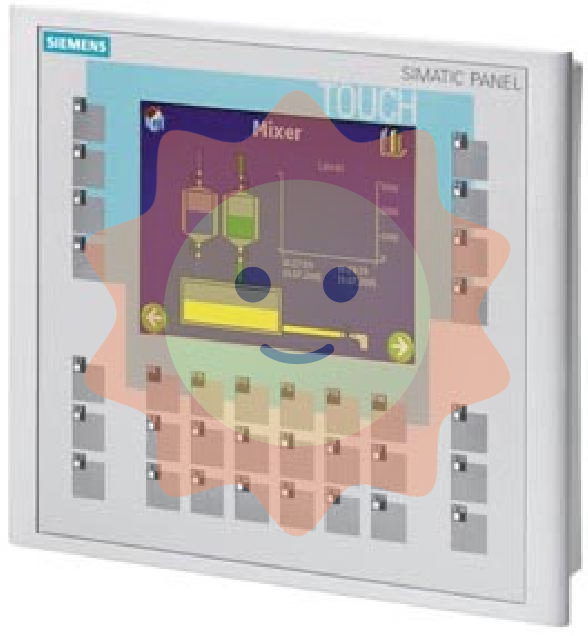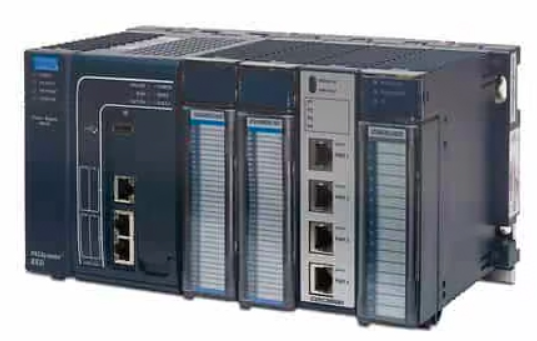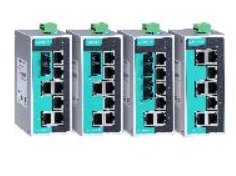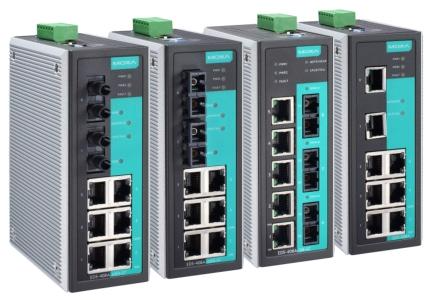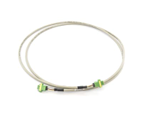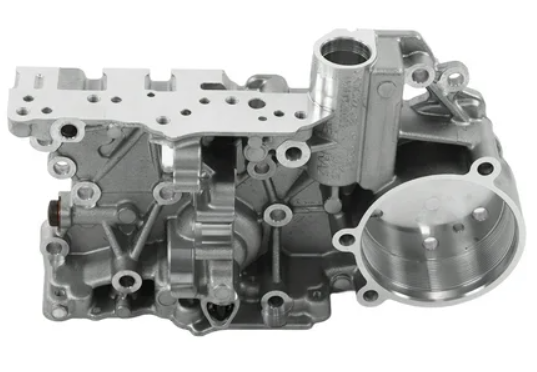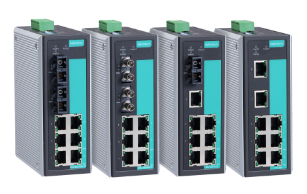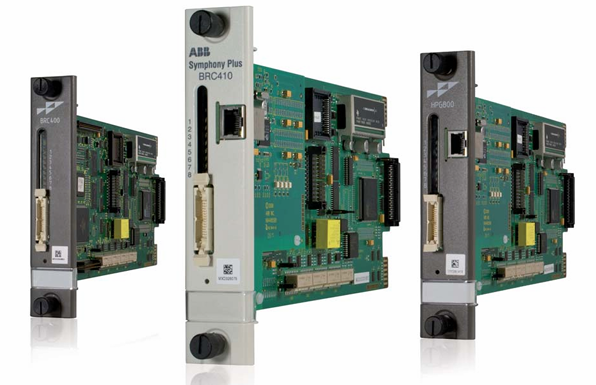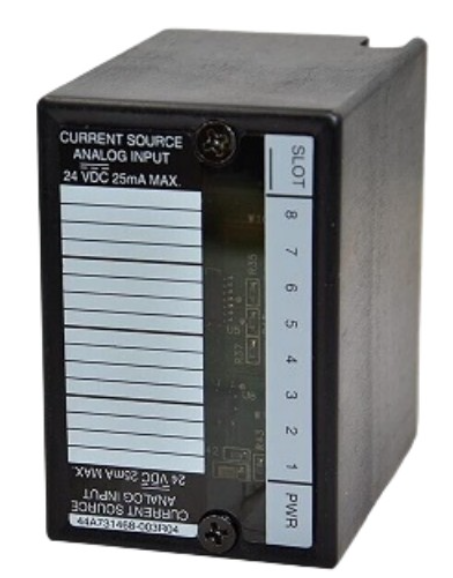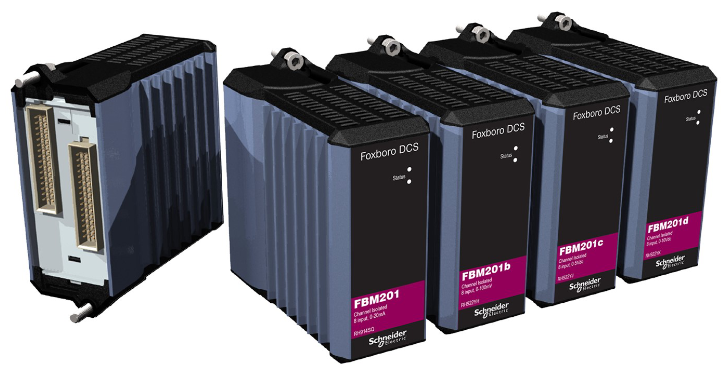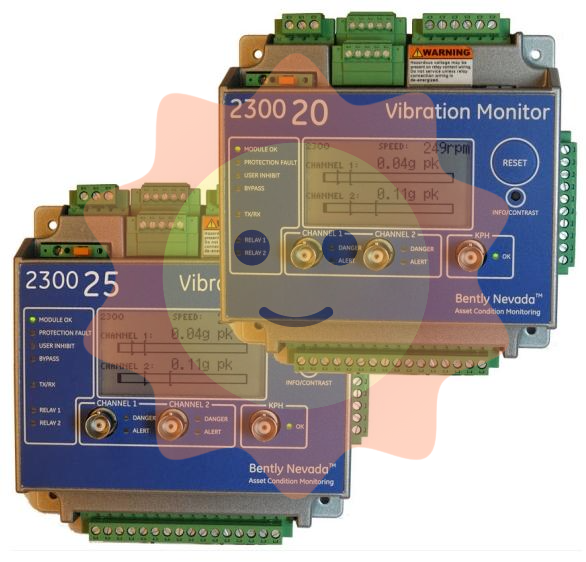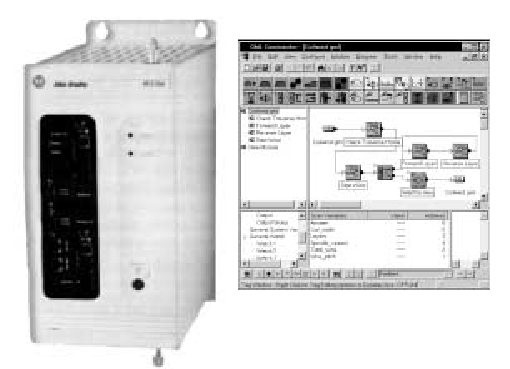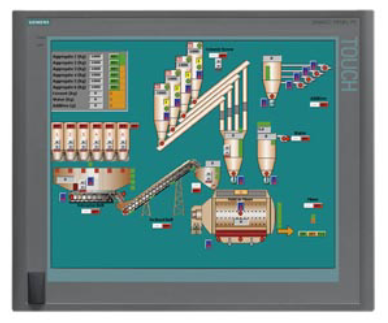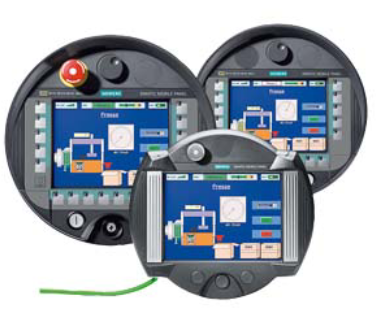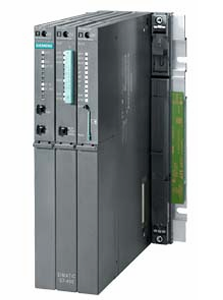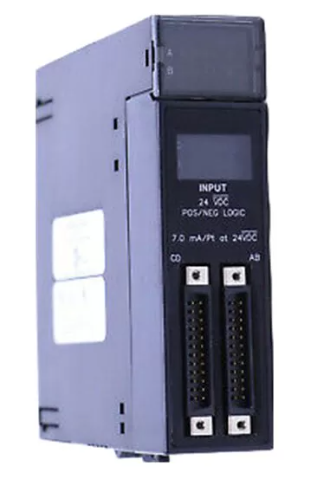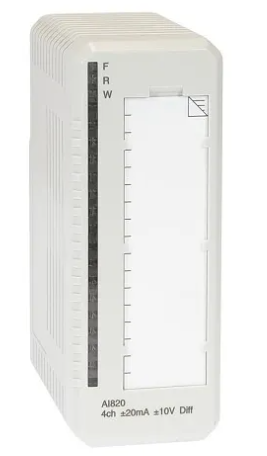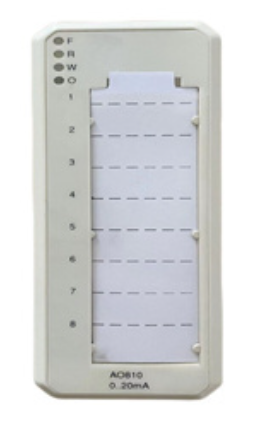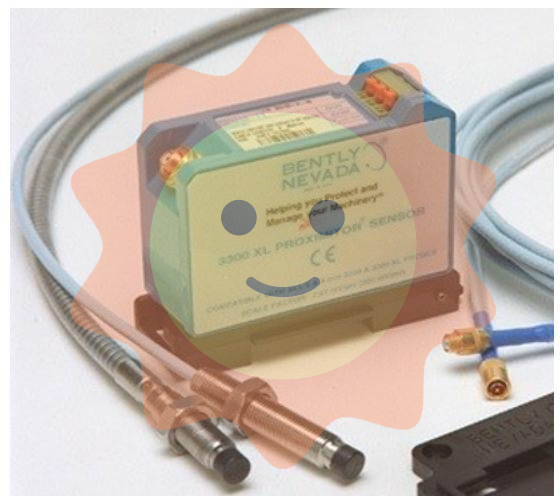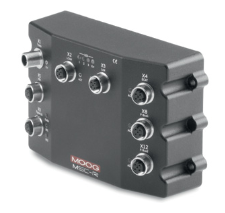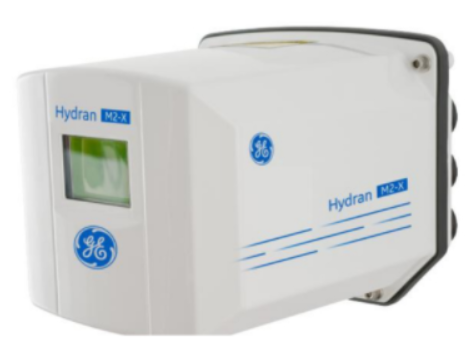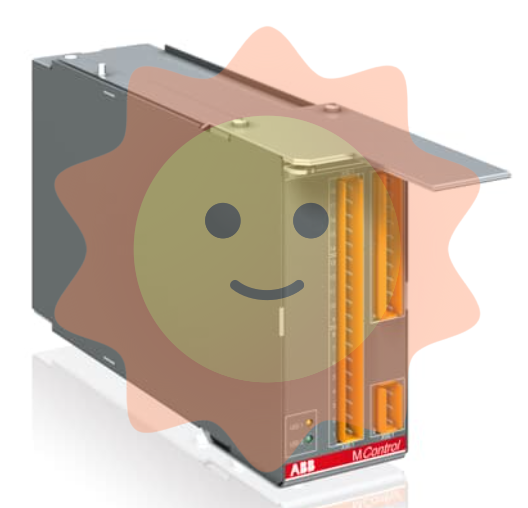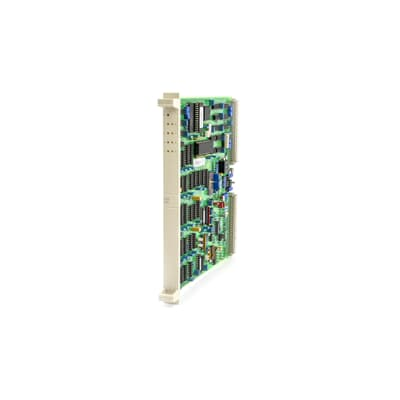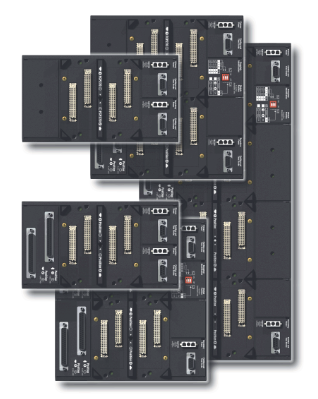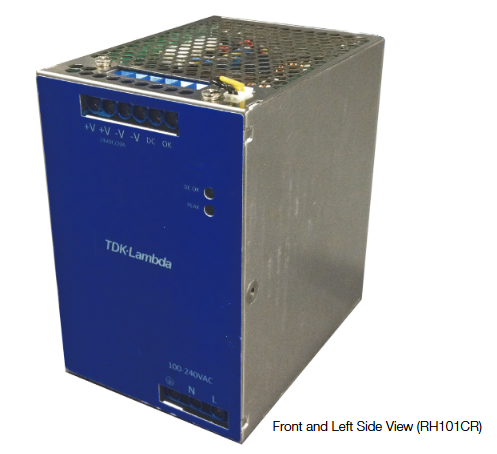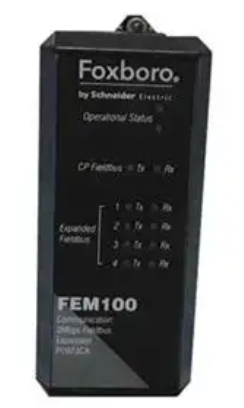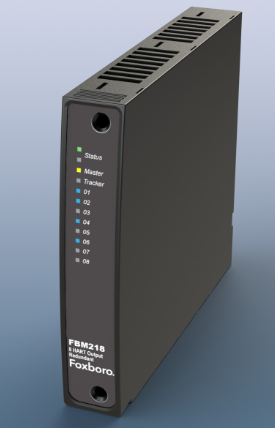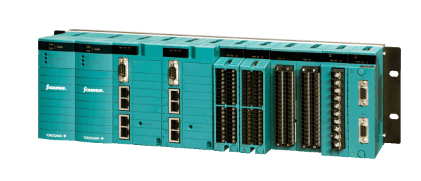GE 91457671G009 - OVAL WHEEL METER
OVERVIEW
PRODUCT DEFINITION AND FUNCTION: GE 91457671G009 - OVAL WHEEL METER is an elliptical gear flow meter. It is mainly used to measure the flow of liquids and plays a key role in industrial processes, liquid distribution and other areas. Its working principle is based on the rotation of an elliptical gear, and the volume of liquid flowing through a pipe is determined by measuring the number of revolutions of the elliptical gear.
Working principle
Flow measurement principle: The elliptical gear flowmeter has a pair of meshing elliptical gears inside. When the liquid flows through the flowmeter into the inlet and outlet pipes, the pressure difference of the liquid acts on the elliptical gears and pushes the gears to rotate. In each cycle, the liquid fills the enclosed space formed between the two elliptical gears and the inner wall of the flowmeter, and with the rotation of the gears, these enclosed spaces are continuously filled and emptied by the liquid. Due to the geometry and kinematic properties of the elliptical gears, the volume of liquid discharged per rotation is fixed. Therefore, by detecting the number of rotations of the elliptical gear and combining it with a known volume of liquid discharged per revolution, the flow rate of the liquid can be calculated. For example, if the elliptical gear has a displacement per revolution of 10 ml and 100 rotations of the gear are detected, then the volume of liquid flowing is 1000 ml.
Signal output principle (if available): Some elliptical gear flowmeters are equipped with an output device that converts the flow information into an electrical or other readable signal. A common way of doing this is through a sensor mounted on the gear shaft, such as a magnetic sensor. As the gear rotates, the sensor generates pulse signals whose frequency is proportional to the rotational speed of the gear, which in turn is proportional to the liquid flow rate. These pulse signals can be transmitted to external counters, controllers, or display instruments for real-time flow monitoring and data logging.
Performance Features
High Accuracy Flow Measurement: The ability to provide highly accurate flow measurement results, with a measurement accuracy of typically ±0.5% - ±1%, makes it very suitable for use in applications where high flow accuracy is required, such as chemical production, pharmaceuticals and other industries. For example, during liquid dosing in the pharmaceutical industry, high accuracy flow measurement ensures accurate dosing of pharmaceutical ingredients.
Applicable to a variety of liquid media: can be used to measure a variety of different properties of the liquid, including viscous liquids (such as oil), corrosive liquids (in the case of material compatibility), etc.. As long as the viscosity of the liquid is within a certain range and will not cause damage to the material of the flowmeter, it can be measured. However, for liquids with different viscosities, it may be necessary to calibrate the flowmeter appropriately, as the viscosity will affect the rotation speed of the elliptical gear and the measurement accuracy.
Stable and Reliable Performance: The structure is relatively simple and robust, and the internal elliptical gears and mechanical transmission parts are carefully designed and manufactured to provide a long service life and good stability. Under normal use and maintenance, it can work stably for a long time, reducing the interruption of flow measurement caused by equipment failure. For example, in industrial piping systems, even in the case of certain pressure fluctuations and liquid impurities, can still maintain a more accurate flow measurement.
Wide flow range measurement capability: has a wide flow measurement range, can meet the different flow requirements of the application scenarios. The ratio of the minimum flow rate to the maximum flow rate (range ratio) can reach 10:1 - 20:1, which means that it can effectively measure in a wide flow range. For example, in some industrial processes it is possible to measure both low flow rates for liquid additives and high flow rates for main raw materials.
Technical parameters
Flow ranges: Minimum and maximum flow rates vary from model to model. The minimum flow rate may be as low as a few litres per hour (L/h), while the maximum flow rate can reach thousands of litres per hour (L/h). For example, a typical model may have a flow range of 10L/h - 1000L/h.
Measurement accuracy: As mentioned earlier, the accuracy is typically in the range of ±0.5% - ±1%, which is the measurement accuracy under standard operating conditions (e.g., specified temperature, pressure, and liquid viscosity range).
Working pressure range: The ability to withstand a certain working pressure, generally the working pressure range can vary from a few bar (bar) to tens of bar. For example, the operating pressure range may be 1bar - 10bar, depending on the design and material of the flowmeter.
Operating temperature range: can work in a wide temperature range, usually around - 20 ℃ - + 100 ℃. However, different liquid media and application scenarios may have more stringent requirements on the temperature range.
Materials (housing and internal components): The housing is generally made of metal materials, such as stainless steel, to provide good mechanical strength and corrosion resistance. The internal elliptical gears and transmission parts are also usually made of wear-resistant and corrosion-resistant materials, such as special alloys or engineering plastics, to ensure the long-term stable operation of the flowmeter.
Connection: Common connection methods include flange connection, threaded connection, etc. to facilitate installation and connection with piping systems. Flange connection is suitable for larger calibre pipelines, while threaded connection is more suitable for smaller calibre pipelines.
Application Areas
Chemical industry: In the chemical production process, it is used to measure the flow of various chemical raw materials and products, such as acids, alkalis and organic solvents. For example, in the production of synthetic resins, the flow of monomers and additives is measured to ensure that the chemical reaction is carried out accurately.
Petroleum industry: Used for flow measurement in the process of petroleum refining and oil delivery. For example, measuring the flow of gasoline, diesel and other oil products in crude oil transmission pipelines, petrol station dispensers and other places.
Pharmaceutical industry: In the process of drug production, the flow of various liquid raw materials, intermediates and finished products is measured accurately. For example, in the production of injection solution, measuring the flow of water for injection, drug solution, etc., to ensure the quality of drugs.
Food and Beverage Industry: Used for liquid flow measurement during food processing and beverage production. For example, in beverage filling production lines, measuring the flow of beverage syrups, fruit juices, pure water, etc., to ensure accurate product proportioning and filling volume.

- User name Member Level Quantity Specification Purchase Date
- Satisfaction :
-









Email:wang@kongjiangauto.com









